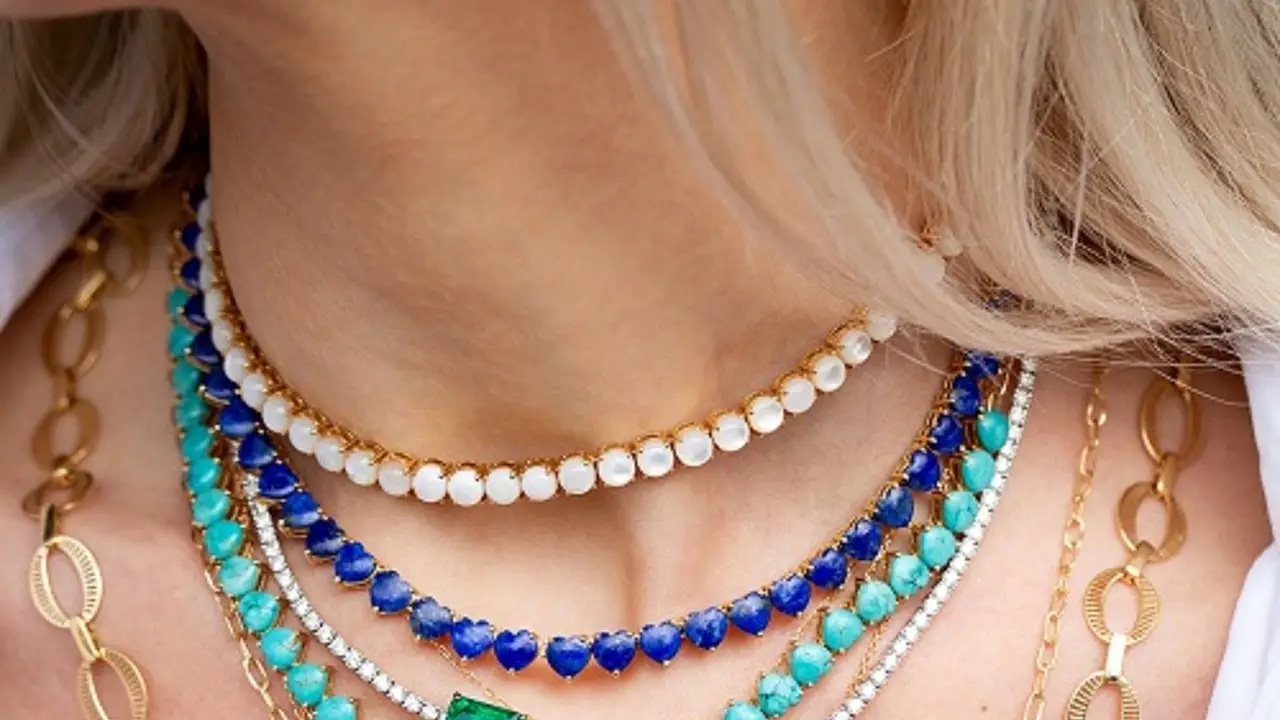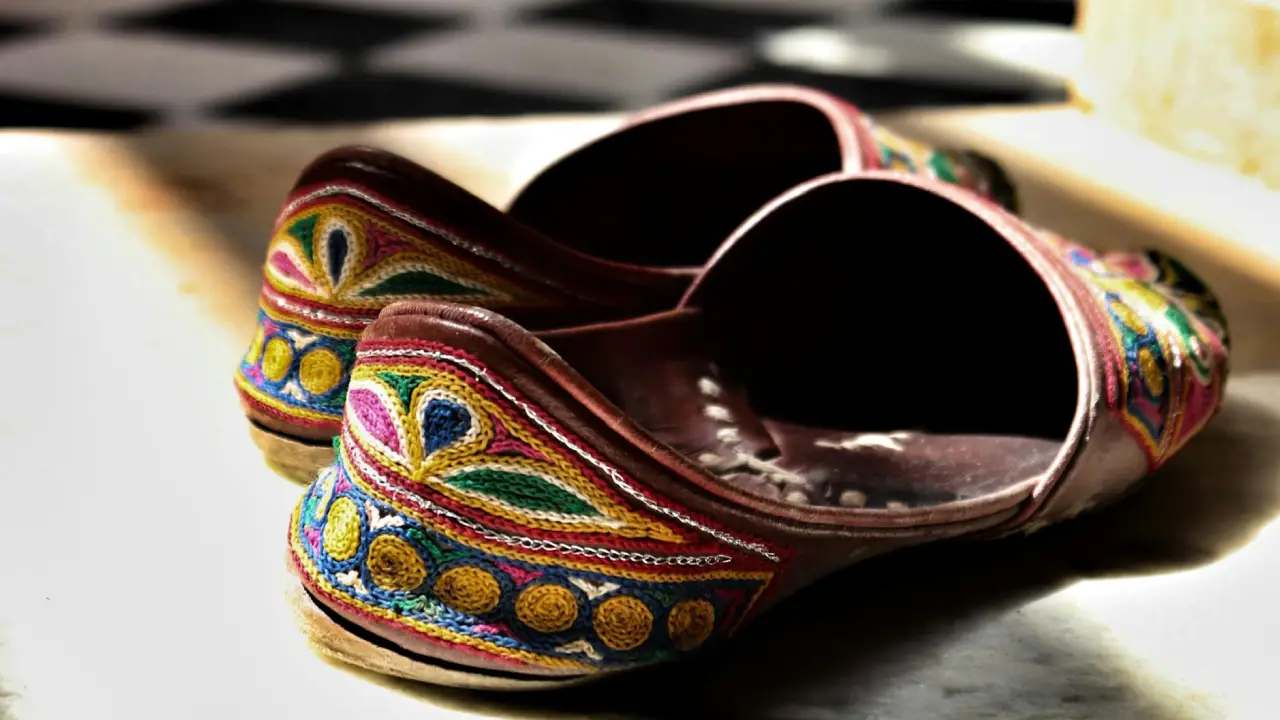Crafting the perfect office look in India isn’t just about dressing the part; it’s about embodying a blend of professionalism, cultural sensitivity, and personal style. Whether you’re gearing up for a high-stakes meeting or mingling at an office mixer, understanding the nuances of Indian workplace fashion is key to making the right impression.
Understanding Cultural Context:
In a diverse country like India, workplace fashion can vary significantly depending on factors such as industry, region, and company culture. While some workplaces embrace Western business attire, others may prefer traditional Indian attire like sarees or kurta-pajamas. It’s essential to research and understand the specific dress code expectations of your workplace to ensure you’re dressed appropriately for every occasion.
Navigating Traditional Attire:
For formal settings such as client meetings or boardroom presentations, opting for traditional Indian attire can be a powerful way to show respect for cultural norms while exuding confidence and sophistication. Women may choose to wear sarees or salwar kameez, while men can opt for kurta-pajamas or tailored suits with ethnic accents. Accessorizing with statement jewelry or elegant footwear can elevate your look and add a touch of personality.
Embracing Western Influence:
In many modern Indian workplaces, there’s a growing acceptance of Western business attire, especially in industries like IT, finance, and media. For professionals working in these sectors, a well-tailored suit or formal dress paired with classic accessories can create a polished and professional look. However, it’s essential to strike the right balance between Western fashion trends and cultural appropriateness, avoiding overly revealing or casual clothing choices.
Dressing for Success:
Regardless of the dress code, the key to dressing for success in the Indian workplace lies in attention to detail and grooming. Investing in high-quality clothing that fits well and is appropriate for your body type can make a significant difference in how you’re perceived by colleagues and clients alike. Additionally, paying attention to grooming habits such as hairstyling, skincare, and personal hygiene can enhance your overall appearance and boost your confidence.
Regional Variations:
India’s rich cultural diversity is reflected in its office attire customs. Depending on the region, you may encounter different dress codes and sartorial traditions. For example, in South India, traditional attire like the veshti for men and sarees for women are more prevalent, while in North India, the influence of Punjabi suits and sherwanis may be more prominent.
Seasonal Considerations:
India experiences diverse climates, from the scorching heat of summer to the chilly winters in the northern regions. Adapting your workplace fashion to seasonal changes is crucial for comfort and practicality. Lightweight fabrics like cotton and linen are ideal for summer, while wool and silk provide warmth during the colder months.
Footwear Etiquette:
In Indian culture, footwear holds symbolic significance, and proper footwear etiquette is essential in professional settings. Avoid wearing open-toed shoes or sandals in formal environments, opting instead for closed-toe shoes or flats that convey professionalism and respect.
Color Psychology:
Colors play a significant role in Indian attire, with each hue carrying its own symbolic meaning. While muted tones like beige and navy are suitable for formal occasions, vibrant colors like red, yellow, and green are often associated with festivities and celebrations. Understanding the cultural significance of colors can help you make informed choices when selecting your office attire.
Modesty and Respect:
Indian society places a strong emphasis on modesty and respect, especially in professional settings. Dressing conservatively, avoiding overly revealing or provocative clothing, demonstrates respect for cultural norms and helps maintain a professional image. Pay attention to neckline, hemline, and overall fit to ensure your attire is appropriate for the workplace.
Accessorizing with Purpose:
Accessories are a great way to add personality and flair to your workplace fashion, but it’s essential to use them judiciously. Opt for understated accessories that complement your outfit without overpowering it. Classic pieces like pearl earrings, leather belts, and silk scarves can elevate your look without being distracting.
The Power of Tailoring:
Regardless of whether you choose traditional or Western attire, the fit is paramount. Investing in professional tailoring ensures that your clothing fits well and flatters your body shape, enhancing your overall appearance and confidence. Tailored garments exude sophistication and attention to detail, making a positive impression on colleagues and clients alike.
Cultural Sensitivity in Fashion Choices:
In a multicultural workplace, it’s essential to be mindful of cultural sensitivities when selecting your workplace fashion. Avoid appropriating cultural symbols or religious motifs that may be sacred or meaningful to others. Instead, celebrate diversity by incorporating elements of different cultures in a respectful and tasteful manner.
Adapting to Casual Settings:
While formal attire is often the norm for business meetings and presentations, Indian office culture also includes casual gatherings and networking events where a more relaxed dress code applies. For these occasions, smart casual attire is typically appropriate, allowing you to express your personal style while maintaining a professional demeanor. Opt for well-fitted trousers or skirts paired with tailored blouses or shirts, and add a pop of color or texture with accessories to liven up your look.
Staying True to Yourself:
Ultimately, the key to adapting your office look in India lies in finding a balance between cultural norms, professional expectations, and personal style preferences. Whether you choose to embrace traditional attire or opt for a more contemporary look, the most important thing is to feel comfortable and confident in what you wear. By paying attention to the subtle cues of Indian workplace fashion and infusing your outfit choices with authenticity, you can make a lasting impression in any professional setting.
What are your go-to workplace fashion tips for navigating the Indian workplace? Share your thoughts and experiences in the comments below!





